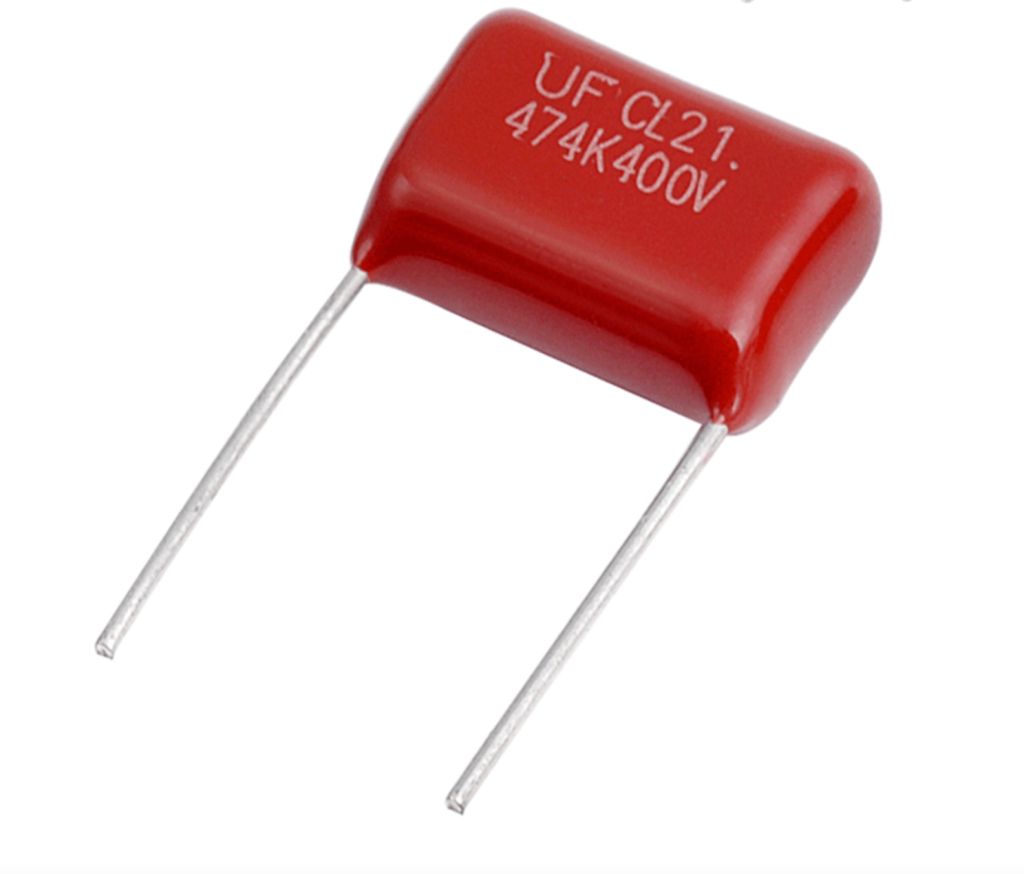What is a power film capacitor?
A power film capacitor is a type of electronic component used in electrical circuits for various applications. It is a type of capacitor that uses a thin film of metal as one of its electrodes and a dielectric material as the insulating layer between the electrodes.










